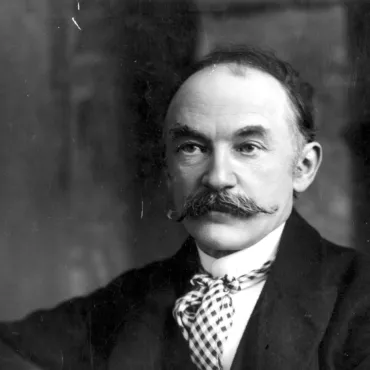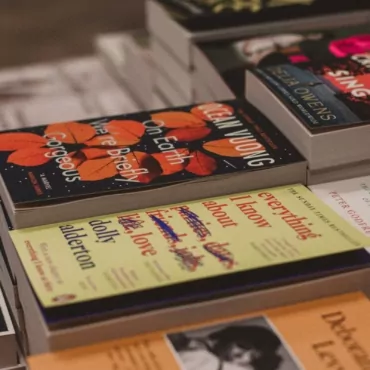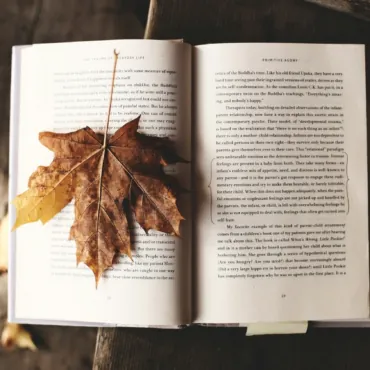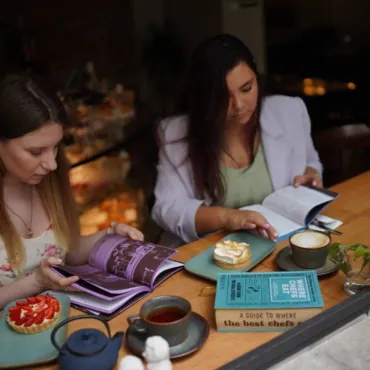5 fiction books about pressing contemporary issues through the lens of fiction
Paul Pepperstein. A velvet kibitka

Pepperstein’s “Velvet Kibitka” is a journey back to childhood. The author himself, founder of the “psychedelic realism” movement, calls the text a “euphoric detective story.” What are we investigating? Childhood. It is the guide here, leading the reader through ghostly and real worlds. Childhood according to Pepperstein is a time of collecting symbolic treasures that may contain secret knowledge.
Why you can’t miss it: Everyone’s childhood memories are different – no one else’s. And here is a model for analyzing childhood as a cultural phenomenon – something we can borrow from Pepperstein.
Margarita Ronjina. A loner
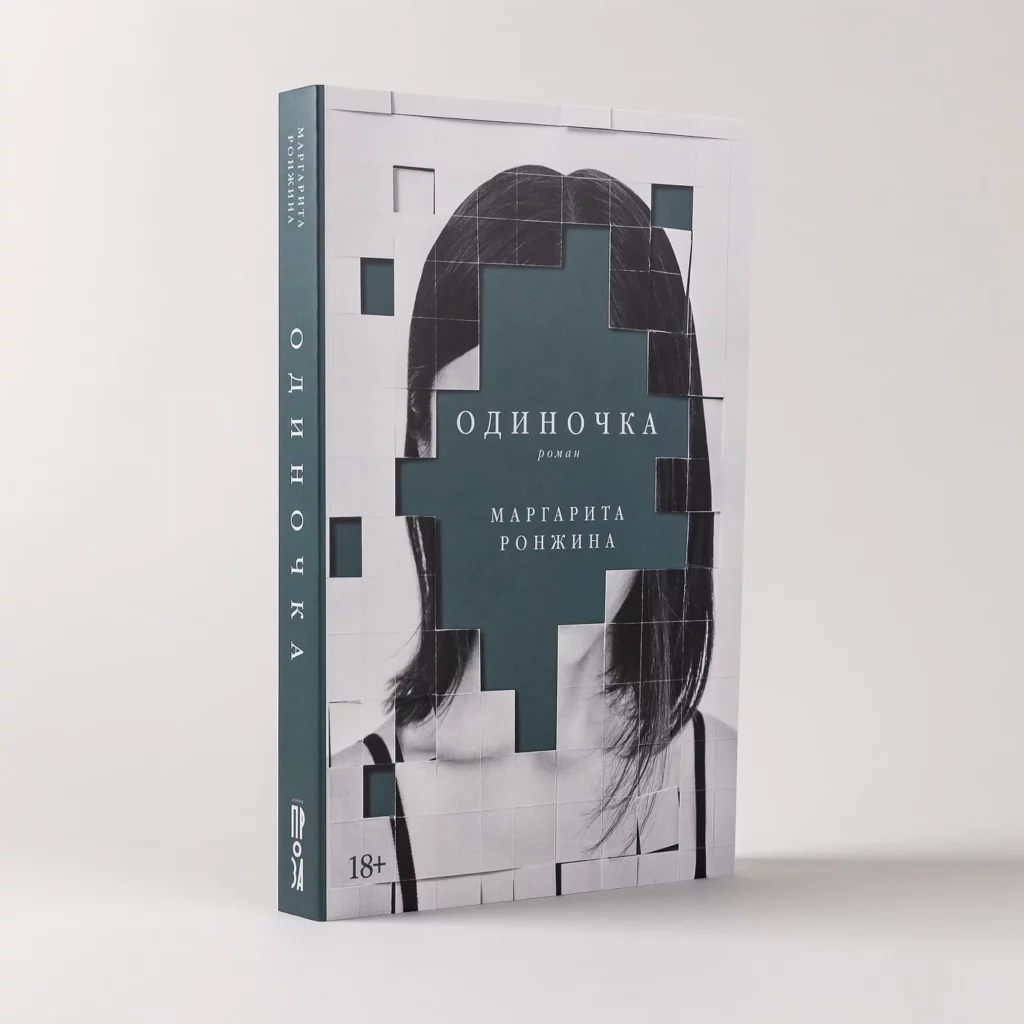
The heroine of Margarita Ronzhina’s debut novel, The Loner, 26-year-old solo mom Sasha realizes that something is wrong with her newborn son. The arrival of a child almost always turns a parent’s world upside down, and if the child is special, the world often goes downhill altogether. And Sasha rolls with him, but still holds on to the edge.
Why You Can’t Miss It: Postpartum depression has been talked about more and more in recent years, and Ronjina’s book joins a chorus of increasingly louder voices. It makes visible problems that were previously overlooked.
Daria Bobyleva. The store is open until darkness falls

Thirty-year-old blogger Slavik gets a job at an antique store where everything is strange. The staff – red-haired fury Matilda and sexless angel-like Zheniechka – behave suspiciously, the customers are all urban lunatics, things are not what they seem. Flashbacks to pre-revolutionary times seem to clarify things, but then confuse things further.
Why you can’t miss it: “The scarier real life is, the more pleasant it is to dive into the cozy world of horror,” says Daria Bobyleva. All the more so because Bobyleva’s world is crystal recognizable, sometimes to the point of laughter bursting out at the reader even where the story should have been frightening.
Colson Whitehead. Nickel boys

Sixteen-year-old African-American teenager Elwood Curtis dreams of becoming a teacher. However, due to a false accusation of a crime, he ends up in a correctional facility, Nickel Academy. Here, foster children are physically and emotionally abused, and those who resist are taken “to the backyards.” Elwood is helped by his friendship with his complete opposite, Turner. Together they try to change the orders reigning in “Nickel”, but it ends in tragedy.
Why you can’t miss it: Whitehead’s novel is based on the true story of a reform school in Florida that crippled the lives of thousands of teenagers over a hundred years. In 2020, Whitehead won the Pulitzer Prize for this book.
Oksana Vasyakina. Rose

The final novel of Vasyakina’s trilogy, written in the genre of autoshicction, is a fictionalized account of a personal emotional experience. The first two parts are dedicated to the writer’s parents, the third to her aunt, Svetlana, who lived, as many would say, an “anti-social life” and died of tuberculosis. The post-Soviet town of Ust-Ilimsk in Siberia, family holidays where everyone is alone, the sense of the body as darkness and a dungeon. And at the same time there is a lot of freedom in the main character. Freedom sprouting through her infirmities and society’s wrong decisions of a little person, but perhaps right if you look at life as a path to absolute freedom.
Why you can’t miss it: In a time of universal achievement and productivity, Wasyakina invites discourse on the freedom of the new “little man.” “Rose” can be found in the “Contemporary Prose” boxed set of The Stalk Project, also featuring the acclaimed Sally Rooney and Gregory Servant.
5 nonfiction books about history and art in simple language
Nikolai Epple. An uncomfortable past

Nikolai Epple, philologist, translator, and researcher of historical memory, studies the experience of processing historical traumas by different states at different periods of their history. In recent years, we have all lived or witnessed shattering dramatic events from the aftermath of which there seems to be no recovery. But we should not forget that other countries have undergone similar processes of destruction – Epple talks about the experiences of Argentina, Spain, Japan, Germany and Poland. How was the collective trauma treated there? Is it possible to begin and complete this process in our community?
Why You Can’t Miss: To try to find the answers with Nikolai Epple, and then with his many opponents who wrote reviews of the book. This book is available in the Before and After box of the Stitch Project, along with texts by Mikhail Zygar and Narine Abgaryan.
George Kubler. Time Form. Notes on the history of things
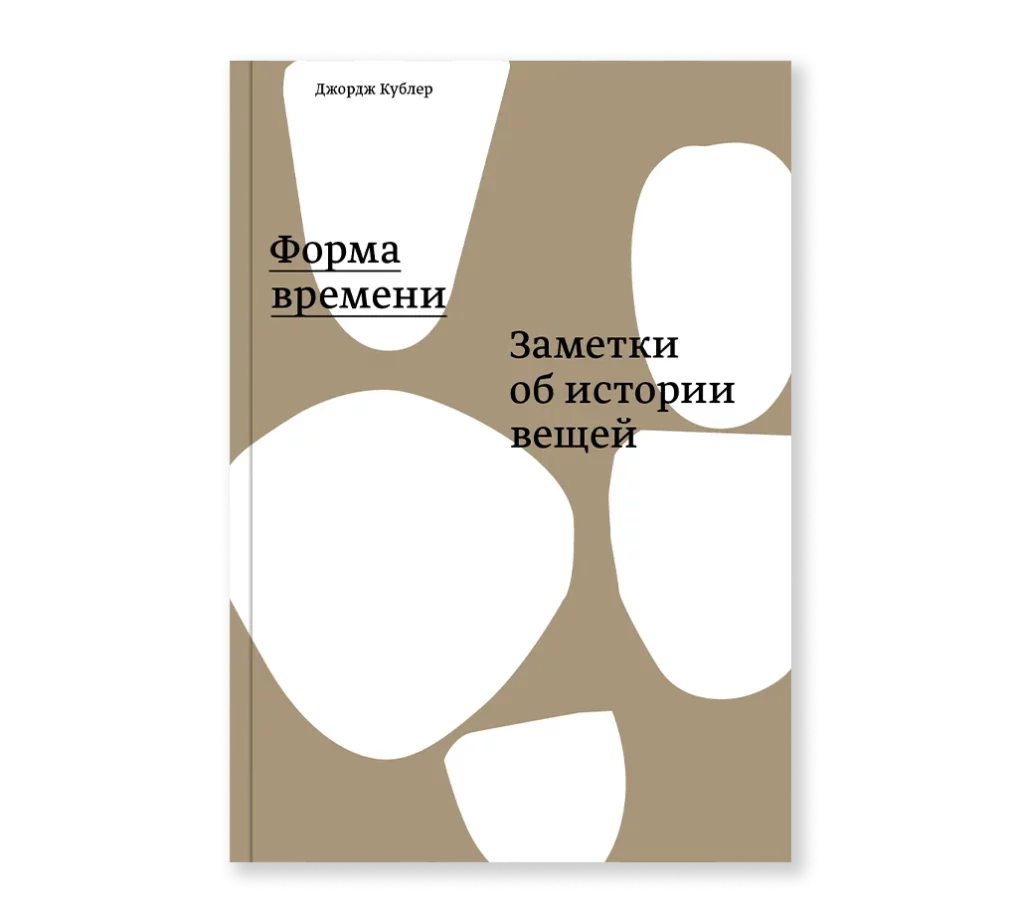
A theoretical work from 1962, only recently translated into Russian. A challenging text by a scholar of pre-Columbian American culture, this is an attempt to uncover the very foundations of art history. We have been brought up in the tradition of approaching art as a set of styles, names and subjects, the absolute of which is the well-known exclamation before a painting: “Beautiful! I even thought it was a photograph. Kubler suggests (even admonishes) considering how art history defines the subject of its study and how it differs from the subjects of other disciplines.
Why you can’t miss it: The book has greatly influenced the art historical processes of the last century.
Linda Nochlin. Why weren’t there any great female artists?

The question posed in the title is both naïve and provocative. Were there or weren’t there? And if there were, why don’t we know about them? And what role does society or, to put it bluntly, patriarchy play in all of this? Linda Nochlin’s essay, written in 1971, formed the basis for constructing a feminist optics of art perception. The text, which since its release has made it impossible to study art by previous methods, is complemented by a 2006 article by the author, where she analyzes what has been achieved over the years and what work remains to be done to give women their own voice in all spheres of life.
Why you can’t miss it: Because women are about to take over the world, and the opposite sex doesn’t know it! We do and we don’t.
Denis Dragunsky. Deniskin’s Tales: How things really were
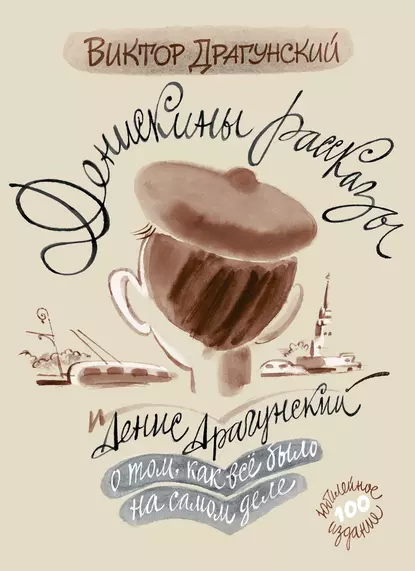
Writer Viktor Dragunsky created a series of stories about the life of his son, the most famous “Deniskin stories”, and Deniska grew up, became Denis Viktorovich Dragunsky, also a writer, and told “how everything was really”. The truth is different for everyone – the son, the father, for us readers. First of all, it is an inside look at how events unfolded in reality and how they are described in the stories; it will be of interest to those for whom Deniskiny Tales is part of the text of their own childhood. And the book also helps you look at the world of things and phenomena of the 1960s, which is strikingly different from our own. How did it influence and predetermine the man of that time? Complementing this will be speculation about the interaction of the world – fictional and real.
Why You Can’t Miss: This is a multidimensional analysis of all-too-familiar texts from an important period that still influences our daily lives. And for those who are ready to offer modern books to their children, there are Project Stitch children’s boxes. We hope the books from them will become for your children what Dragunsky’s stories have become for us.
Georges Vigarello. The history of fatigue from the Middle Ages to the present day

The book by Georges Vigarello, a French specialist in the sociology of medicine, the social history of hygiene, health and appearance (agree, that sounds like a chic plan for life in general!) explains how the concept of fatigue has evolved through different eras and has become an integral part of our everyday life. Obviously people have always been tired, physiology hasn’t changed. But how was this fatigue noticed, how did one relate to it, what processes in society did it regulate?
The author explores the history of the body, medical practices, work, war, sport, and intimacy and shows how Western civilization learned to recognize fatigue, combat it, and distinguish its spiritual aspects from its physical ones.
Why you can’t miss it: The study of fatigue, for one thing, will support any tired person: he is not alone, his problem is universal! And, secondly, will give a possible optic for considering the influence of other aspects of physiology on the structure of society.
*****
2023 gave us many fine debuts and new releases by accomplished authors. Hopefully next year we’ll all find more opportunities to escape the hustle and bustle and be alone with a book, and the book project Stezhok will help you to understand the boundless world of modern literature in Russian and replenish your “home” library abroad with your favorite publications.
